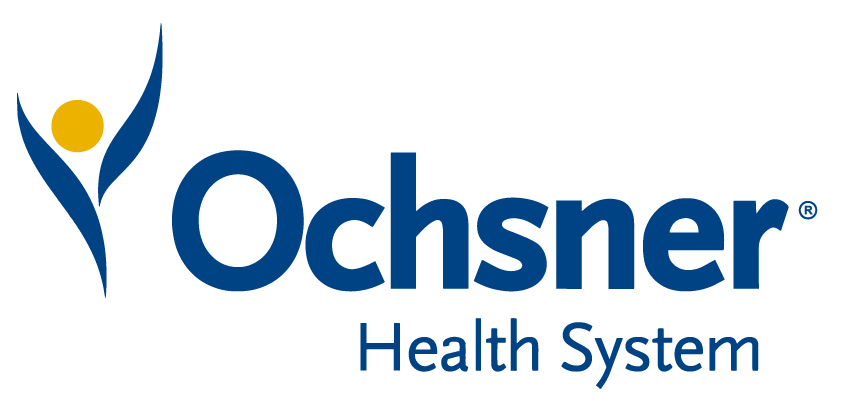
Perioperative leaders often grapple with the challenge of optimizing operating room (OR) time. The prevalent mindset among surgeons—that their designated block time is the sole method for accessing the OR—compounds this issue. Traditional block management processes tend to be manual, time-consuming, and retrospective, further hindering efficiency.
Join us to learn how health systems like MultiCare are using AI to effectively match supply to demand, resulting in improved block management processes, increased access to time and systemwide standardization. Discover how a proactive, data-driven approach can transform block allocation and enhance strategic operational decision-making.






Take the first step towards unlocking capacity, generating ROI, and increasing patient access.